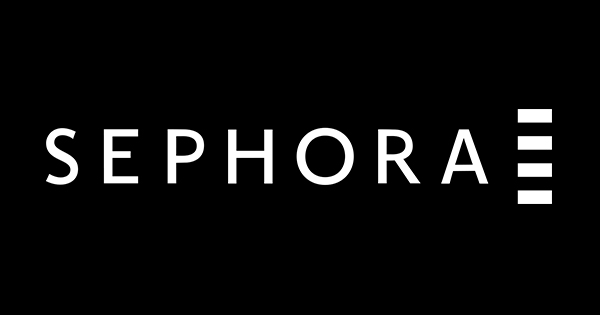Sephora’s Brand Balancing Act

It is hard to overstate the degree to which Sephora has changed the game in cosmetics retail. One of physical retail’s few success stories in recent years, Sephora has an avid base of very loyal cosmetics shoppers built with the right combination of good in-store experience, large variety of goods, reasonable pricing and strong digital presence that a lot of other retail players currently find themselves struggling to emulate.
Sephora is so successful, in fact, that it has managed to pull struggling department store JCPenney up with its rising tide, as Sephora mini-stores have turned out to be a major draw.
But even Sephora, with its increasingly robust track record of success, is not without headaches and hassles.
Some are minor and kind of comical. Currently, the brand has found itself involved in tempest in a teakettle over its decision to stock the Urban Decay eye shadow shade “Druggie” — as apparently various activists find the choice of a bruise-purple color matched with that name is a bit insensitive.
That situation will likely blow over — probably just in time for a different brand to release a makeup color titled in even worse taste. Less likely to self-resolve — and perhaps an increasing difficulty for the growth-minded Sephora chain. Said simply, Sephora’s strength is that it stocks a lot of cosmetics—selection variety is a big part of the brand’s success story. But Sephora — or at least its parent company LVMH Moët Hennessy Louis Vuitton SE — is also increasingly competing with its suppliers with its own brand of cosmetics.
This creates no small difficulty for those brands looking to stocking space on Sephora’s shelves.
“The pressure is there, and it’s growing. That’s why Estée Lauder is trying to retail its own products,” noted Ali Dibadj, an analyst at Bernstein Research.
So what happens next?
So Many Brands, Such Limited Shelf Space
According to reports, in an average Sephora store, LVMH’s beauty brands take up nearly half of the shelf space, despite the fact that the firm only makes 15 beauty brands (Sephora stores carry 200 brands on average).
Sephora maintains it does not show its own brands any special preference — according to merchandising executive Artemis Patrick, the selection is determined by buyer choice.
“What our assortment includes is determined by the client based on what she buys and seeks out,” he said.
And high-end cosmetics peddlers also have something of a forced-hand situation, since there are 2,300 Sephora locations on earth and it is a very rapidly growing channel.
But to sell at Sephora, brands can pay more than 60 percent from each sale — which is more than they pay at department stores and specialty retailers (though department stores often build in costs differently). Brands also complain that negotiating with Sephora can be tough for smaller firms starting out since Sephora often requires exclusivity deals on certain product lines. One merchant that ended up with a hit product under an exclusivity deal complained that being on Sephora shelves drastically limited its ability to be on anyone else’s.
“It caused a lot of problems because our other retailers were getting discouraged and weren’t willing to support our other products,” the merchant said.
Smaller and largely unknown brands mostly don’t have a choice but to negotiate with Sephora — but larger brands are pursuing other options.
Searching For Other Channels
Given that working with Sephora is high-cost — and getting more competitive by the shelf — brands like Estée Lauder are moving toward independent retail efforts like stand-alone stores for some of its lines as well as increasingly pushed digital channels for its goods.
Estée Lauder isn’t pulling out of Sephora either — it notes that it likes the relationship — it is just looking to “expand its relationship with its customers.”
“Sephora is a winning channel. They are doing a great job with consumers,” noted Estée Lauder CEO Fabrizio Freda.
But some retailers have backed out of their relationship with the big beauty brand more completely. Chanel, a long-term rival of LVMH, sells perfume but not cosmetics in the retailer’s U.S. stores and hasn’t for a decade. Frederic Fekkai bowed out of Sephora in favor of mass-market distribution a few years ago.
Meanwhile, other brands are seemingly resigned to working with Sephora — even if the terms are sub-ideal.
“As a matter of practice, I will never say a customer is heavy-handed,” noted Revlon CEO Garcia said. “But I will say they are assertive.”
Assertive — but undeniably successful. And likely to remain so as long as their shelf space remains a highly prized good.